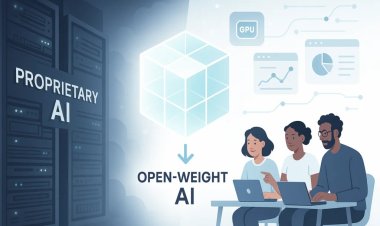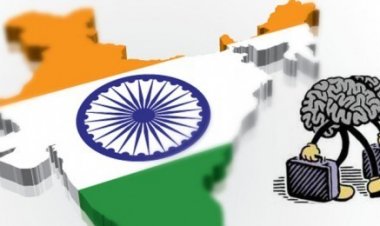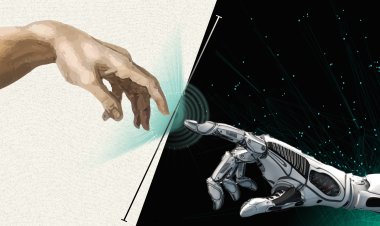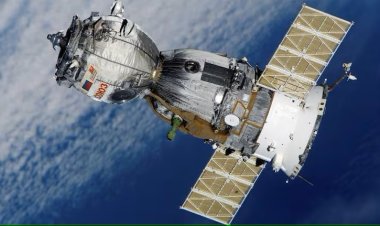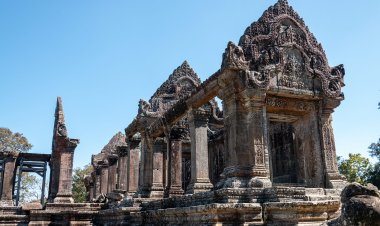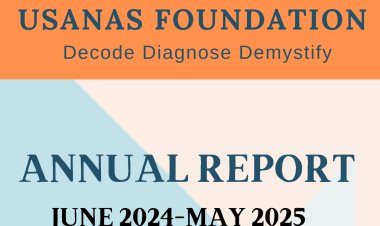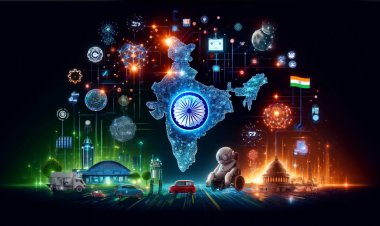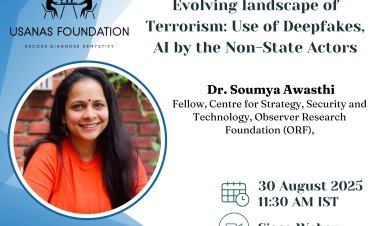Building a Conscious Planet by Integrating Science and Spirituality
Our planet has reached a tipping point. The world is presently experiencing an unprecedented rise in depression, suicides, violence, conflicts, wars, environmental disasters, epidemics and much more. This must change. Bharat is the SPIRITUAL NORTH of the world and is ideally positioned to transform humanity through her soft power. By helping people read their user manual of life one can rejuvenate our deeply fractured world, propelling it towards a state of conscious existence and inclusiveness.
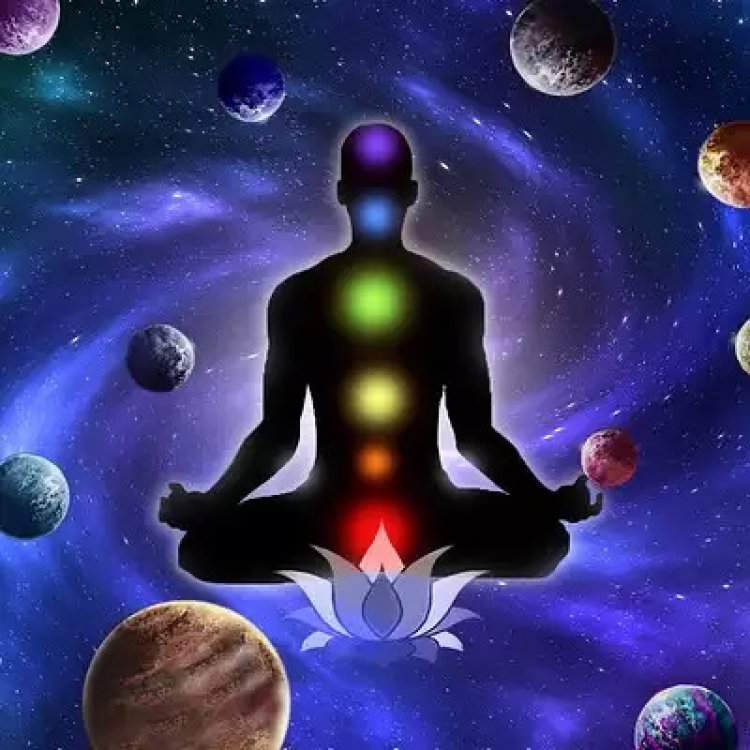
Analysis
By Pawan K. Dhar
Driven by an insatiable desire for human dominance, the ability to destroy the planet, rampant social unrest, drug addiction and religious hatred made worse by economic downfall and environmental disasters, humanity is currently experiencing one of the most challenging moments in history. Navigating this complex landscape and evolving from deterioration to integration, requires adaptability, open dialogue, and an urge to find a new common denominator that binds humanity.
Science is a systematic approach to study the non-obvious. It involves observation, description, analysis, explanation and prediction based on facts. Science and technology have profoundly shaped the modern world, making remarkable positive contributions across various facets of human life. Though science has led to several undesirable outcomes, to a large extent science and technology has enhanced our quality of life and propelling economic development. As we navigate the future, the responsible and ethical application of these tools remains paramount to ensuring their continued positive impact on society.
Given a major tectonic shift that the world is presently experiencing, is there any hope to find a centripetal force that will collectively orient humanity along a progressive trajectory? The solution may be touching the non-physical dimension through introspection and investigation.
The introspection would be based on logic and reasoning instead of beliefs and emotions. The investigation would be based on scientific measurements and technological tools that generate data for unbiased analysis and inference.
Even though humans are at the peak of the evolutionary tree, interestingly a study of organisms after removing life is called life sciences! Even when life is retained, as in animal experiments and human trials, one merely deals with the external wrapper of molecules, cells and tissues, with the core Life Operating System remaining untouched. The need of the hour is to add some life to life sciences and find commonalities among human beings beyond cultural and geographical variants.
- Our bodies are essentially composed of material borrowed from the planet, while thoughts and emotions (collectively called mind) originate from social interactions. Both are taken as credits from the earth, and returned when the outgoing breath fails to return. Frequently, we take an overdraft from plants, animals and microbes and call it obesity. Ironically obese people sincerely carry food easily available in the stores without consuming it !
Due to this reason, racial, cultural and geographical superiorities based on personalized planetary loans are neither realistic nor responsible.
- Moving from the gross body towards atoms, one finds the construction of human beings using common infrastructure that we call gross anatomy, histology, cell biology, molecular biology and so on. Molecules are made of atoms and atoms are 999 % space or perhaps electron clouds as some of the recent evidence indicates. Thus at the heart of the microscopic realm lies a cosmos of its own — a space within atoms that defies intuition and unravels the intricacies of matter. Within this minuscule expanse, electrons moving in statistically precise paths called orbit. These paths are not physically carved but virtual representations of routes followed by electrons.
It is intriguing how living organisms almost entirely composed of space, look solid when touched !
- Data collected right from organisms down to the level of atoms are possible only because light is stopped by something, whether it is the whole body or a tiny molecule. The collision of light generates a photograph of the biological substrate due to reflection. Similarly, ultrasonic waves hit the biological tissue and are reflected back helping towards building a view of the inner organs. The question is: how to collect data from space that does not yield itself to reflection?
We don’t have any idea about bulk of our construction material – the space ! Interestingly, everything ends up at nothingness, both spiritually and scientifically.
- Science, as a systematic and organized approach, seeks to delve beyond the obvious. On the physical plane, studies indicate that the human body comprises 21 elements, with oxygen, carbon, hydrogen, and nitrogen being major contributors. While there is a reasonable understanding of how biological systems are organized, the scientific comprehension of the core Life Operating System is conspicuously absent.
Nature uses an identical set of physical and the non-physical elements, to build every human beings, irrespective of their external appearances or cultural affiliation.
- Swami Vivekananda once said: every religion is made of three components: story, rituals and philosophy. The story part is commonly called mythology, rituals are the ceremonies that we perform and philosophy is the core thesis of every religion. The story (actors, events and geographies) and rituals (cultural practices) are different from religion to religion or place to place even within the same religion. However, core philosophy remains identical such as existence of Highest Intelligence or Higher Power.
Every religion refers to the non-physical Cosmic Energy as the all-powerful, all-pervading and all-knowing energy, as its core thesis.
Thus, it makes sense to experience this core life operating system and connect with every human on this planet without involving oneself too much with rituals and stories. Millennia ago, courageous individuals, recognized as Sages, Yogis, and Rishis, engaged in profound contemplation on the nature of life. They pondered the composition of the soul, its potential periodicity, the pre-birth and post-death existence, and whether life involves a repetitive cycle or is a one-time occurrence.
In their quest for answers, ancient sages transformed their minds into laboratories, using intent as their approach and intensity as the key. By living with the rocks, they became our earliest "rock stars," leaving behind a wealth of knowledge known as the Vedas and Upanishads, acquired not through formal education in the Universities but by connecting with the universe. To heal the planet and make life inclusive and sustainable, Bharat needs to take a global leadership in presenting spirituality as science, conveying the knowledge non-emotionally using logic, rationality and evidence.
For example, our education system is based on the data that one gathers through machines and experiences. The need of the hour is to present education as an abstract of four different levels: body, mind (thoughts and emotions) and life energy, as show in the attached figure that represents Vidya Chakra. In the natural sciences domain, we have physics, chemistry, biology and mathematics. In the social sciences and humanities, thoughts and emotions find a predominant position. Due to overlaps drawing clear boundaries between various disciplines based on this abstraction may be challenging. However, Vidya Chakra provides a bird’s eye view of the way the educational system is designed. The final frontier that completes the human user manual, is the study of life force itself that may be studied through ‘spiritual sciences’.
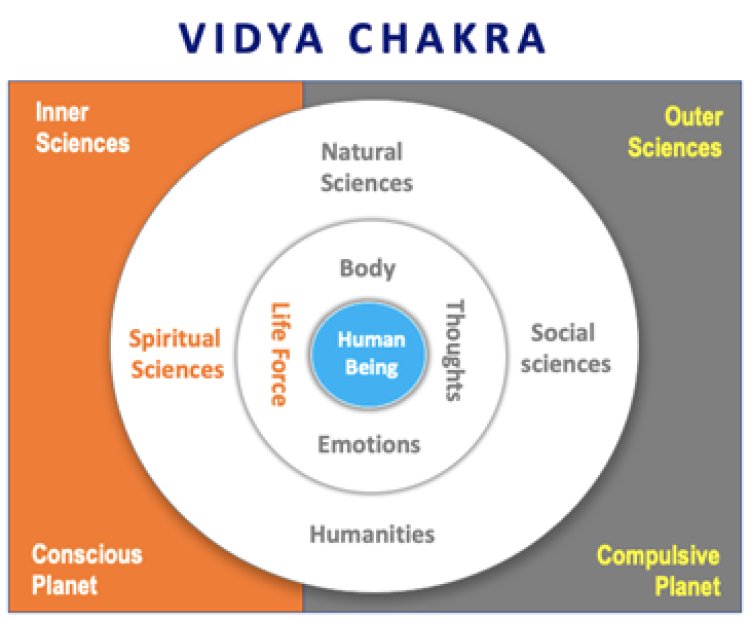
For example, combining yogic processes with machine measurements can lead to a wealth of new data about the construction of humans beyond the current physical descriptors of sciences, social sciences and humanities. Presently, this is the MISSING LINK in education systems globally, the focus is on acquiring skills and knowledge leading to economic outputs. By creating a new narrative around inner sciences, a new possibility of introspection leading to exploration will arise.
Some of the questions that may find resonance across the planet and could bind humanity through formal learning process and research are:
- Both body and mind are accumulated from the planet. Who am I?
- How does a cluster of space ‘bubbles’ produce matter?
- What needs to be added to solar energy to make it solar energy?
- Does the universe run on a fixed soul budget or are brand new souls cooked into physical existence every moment?
- What happens to the souls when the Universe itself experiences death?
Thus, to bind humanity there is a need for mass awakening and generation of a new narrative. Novel scientific tools are needed to explore dimensions that go beyond the scope of material science.
Traditionally, intelligence has been construed as a product of memory. Nevertheless, it is now accepted that a minor part of intelligence is memory, a major part is imagination. The question that needs to be implanted in the impressionable minds right from the beginning: Are there more subtle layers of existence beyond body and mind? People employ terms like consciousness, sub-consciousness, super-consciousness, emotions, and awareness to indicate life. Despite the versatility of these terms, in reality, we are only referring to the variants of mind.
To generate a new narrative around life force, a global grand challenge project needs to be initiated bringing together sages and scientists to design appropriate experiments, generate results (i) at the interface of belief and evidence (ii) transition from somethingness to nothingness (iii) composition of nothingness (stillness)
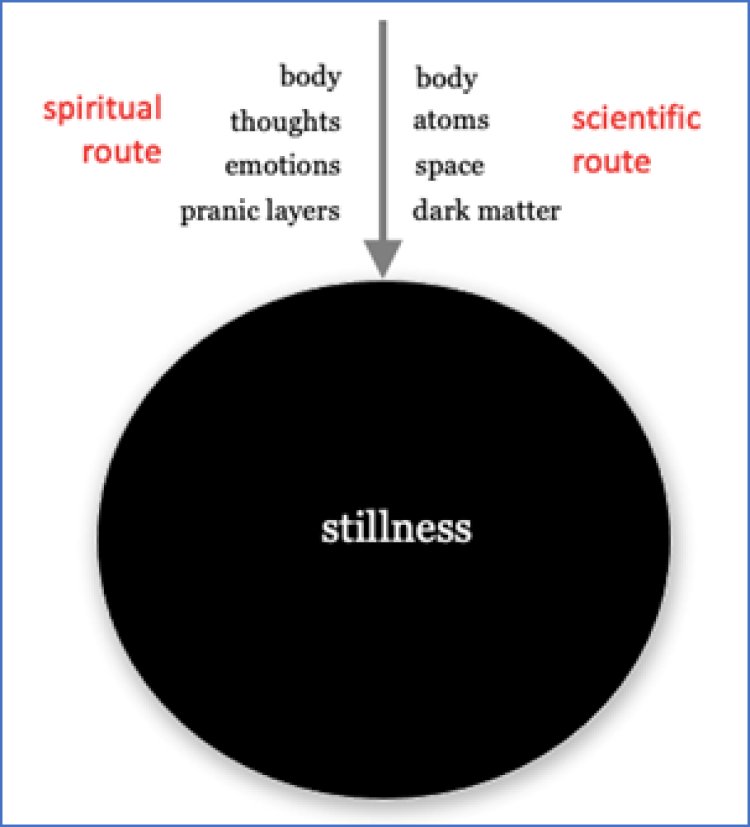
For a considerable duration, science and spirituality have been viewed as contrasting domains of thought. Science has garnered praise for its empirical rigour with little room for subjectivity while spirituality has deeply delved into human consciousness, exploring subjective experiences related to meaning, purpose, and connection to something beyond oneself. Yet, amid this apparent separation, a nuanced dialogue is unfolding. The convergence of science and spirituality signifies a shift in our perception of the human experience, questioning conventional limits and paving the way for fresh avenues of exploration.
In the realm of neuroscience, studies have been organized around the question of neural correlates of spiritual experiences, suggesting the intricate interplay between brain function and subjective states of consciousness. Research on meditation, mindfulness, and other mystic practices will have a profound impact on the way humans perceive life.
The convergence of science and spirituality has profound implications for our individual and collective well-being. By integrating modern scientific tools with spiritual experiences, we can find a new common denominator for humanity and move the next generation of humans from reductionism to integration.
As we navigate the complexities of the 21st century, characterized by rapid technological advancements centred on a logic-based life, a dialogue between science and spirituality offers a glimmer of hope. By generating knowledge that is experiential, we can cultivate a deeper sense of unification and replace beliefs with experiences. To bind humans to an integrated framework of peaceful co-existence and mutual evolution, emotions and beliefs are will not be helpful in the modern world. The old societal format based on emotions has largely been replaced by a logical mind that works on evidence and fragmentation.
To glue a fragmented mind into an integrated social framework, introspection and science are the only way forward. By extending science into the spiritual domain, one can build a new narrative that has a mass appeal and can be easily implemented. The age-old concept of Vasudev Kutumbakam will not just be an idea, it will find evidence correlates that are unbiased, universal and integrative.
By integrating science with spirituality, humanity will find a new centrality.
Disclaimer: This paper is the author's individual scholastic contribution and does not necessarily reflect the organization's viewpoint.
Pawan K. Dhar PhD is a Professor and Former Dean at School of Biotechnology, Jawaharlal Nehru University, New Delhi.

